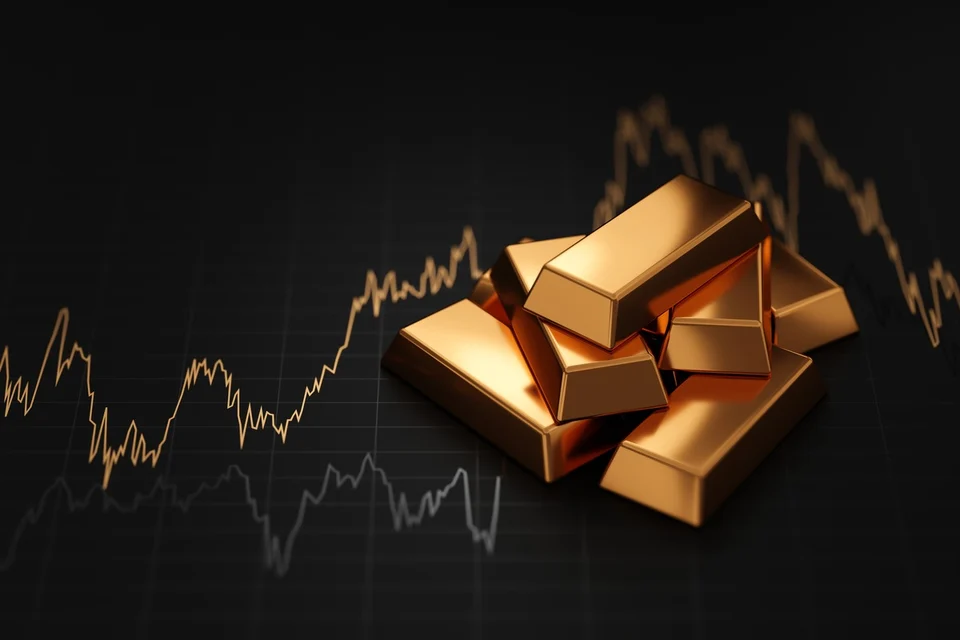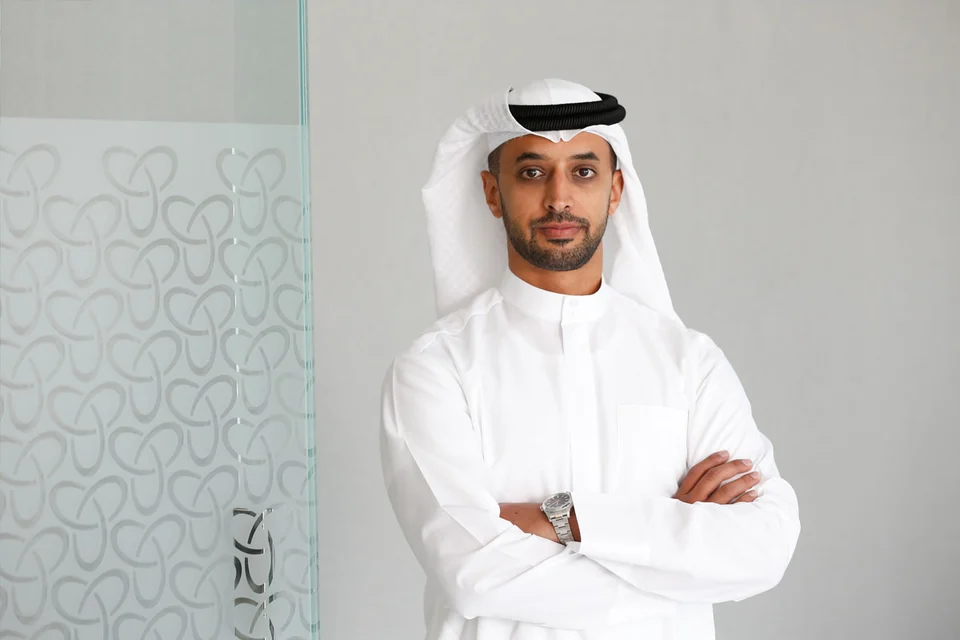
The world is at a crossroads between traditional fossil fuels and a clean energy future. While the pace of the energy transition is difficult to predict, it is likely to be a defining issue for decades to come. Countries are making net-zero commitments, and sustainability and sustainable energy have become major focuses in the region.
The UAE has pledged to achieve net-zero carbon emissions by 2050 and will invest 600 billion dirhams (approximately $163 billion) in clean and renewable energy over the next three decades. Furthermore, Saudi Arabia, the world's largest oil exporter, has also committed to reducing carbon emissions by 2060 to achieve this goal.
Looking ahead, we anticipate a surge in demand for both traditional and clean energy, as well as related industrial metals. High prices and modest investment levels are expected to generate healthy free cash flow and returns for hydrocarbon-related organizations. However, while the medium-term outlook appears promising, investors should exercise caution. Economic cycles will continue to influence energy prices, and there could be sell-offs triggered by recessions. Meanwhile, like many disruptive developments, clean energy businesses will be susceptible to sentiment swings and may face difficulties in a rising interest rate environment.
Therefore, long-term investors should consider investing in both sides of the energy sector, particularly within the same portfolio. Here are key factors investors must consider when investing in the clean energy transition. Fossil fuels still dominate the energy landscape. While the renewable energy transition is "irreversible," the world still relies on fossil fuels for 83% of its energy needs. Even the most ambitious transition plans will involve the use of hydrocarbons in the short term. There are many reasons why decarbonization progress has been slow to date.
Any credible strategy to achieve net-zero emissions by 2050 must incorporate greater electrification, energy storage capacity, reliance on renewable energy sources, and decarbonization technologies. The significant transition to renewable energy, involving trillions of dollars in investment, is already underway, but proponents must be realistic about the capacity of renewables to power the world. For example, almost all growth will have to come from solar and wind. While there are some untapped hydro sites, most estimates of their potential generation only amount to a fraction of total electricity demand. Furthermore, carbon-based energy systems (and nuclear) are dense in location (they can generate a lot of power in a small area), but renewables are the opposite: they require large areas to generate significant amounts of energy. In sum, it is clear that we need more than just large-scale renewable construction to meet climate goals.
The Middle East is embracing the transition to renewable energy, with many countries setting ambitious targets and implementing investment and diversification strategies to achieve them. According to a recent report, renewable energy generation plans in Arab countries will achieve approximately [92%](https://www.arabnews.com/node/2112626/middle-east) of the region's target by 2030. As smart and electric vehicles (EVs) take a larger share of the global vehicle fleet, demand for semiconductors will increase significantly. The UAE's EV sector is expected to experience a compound annual growth rate (CAGR) of [30%](https://www.zawya.com/en/business/energy/uae-in-top-10-globally-for-electric-mobility-readiness-vh0ep6wa) between 2022 and 2028.
Semiconductors will play a critical role in the development of sustainable energy and the overall transition to a net-zero economy. In the clean energy space, semiconductors are almost ubiquitous. They are a vital component of solar panels, wind turbines, and other forms of renewable energy, due to their ability to conduct electricity while also acting as insulators to improve efficiency and prevent unwanted power flows. Investors should consider investing in traditional energy and related physical assets, as well as the upcoming clean energy investment cycle. Given the complexity of the transition, it is recommended to invest in both public and private markets through active managers. In addition to thematic strategies focused on investing in the clean energy transition, one can invest in securities that invest in physical assets (such as metals and mining, energy, real estate, infrastructure, and agribusiness sectors) within publicly listed equities.
Disclaimer: The views expressed in this article are solely those of the author. The information provided in this article is for informational purposes only. It does not constitute advice on tax and legal matters; nor is it financial or investment advice. Please refer to our [full disclaimer policy](https://economymiddleeast.com/disclaimer-policy/).




















